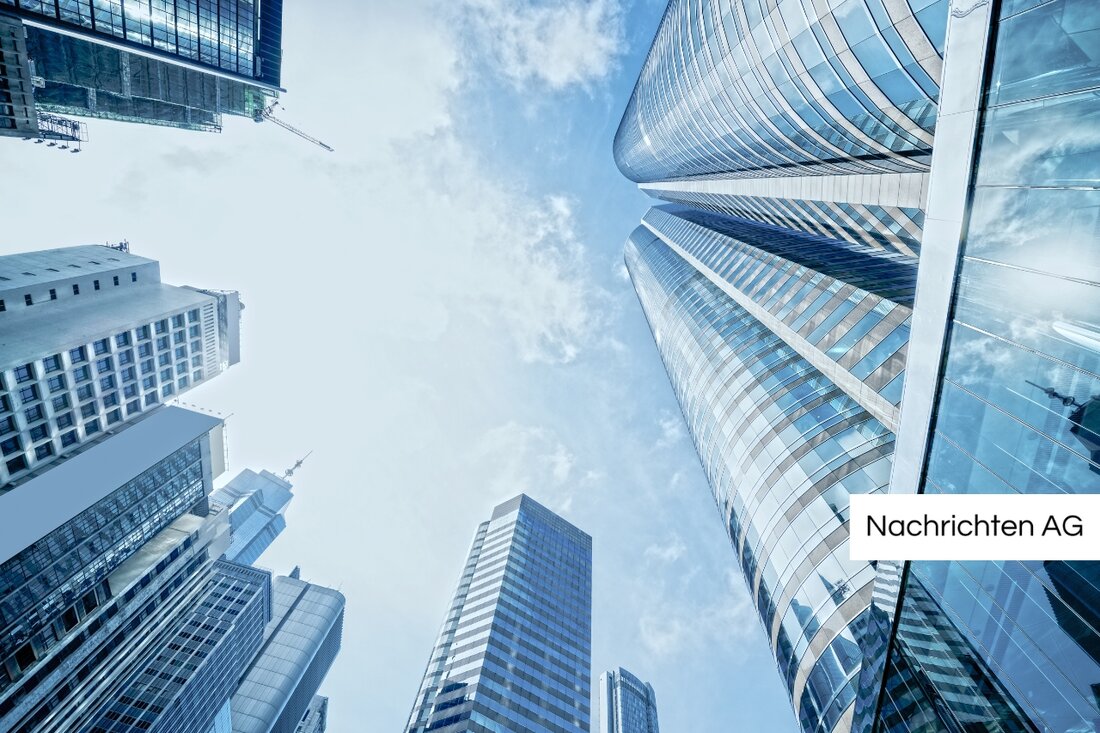Kahlenberg cable car: Supreme Court demands environmental assessment for 70 million euros!
On September 30, 2025, the highest court will decide on the EIA requirement for the controversial cable car to the Kahlenberg.

Kahlenberg cable car: Supreme Court demands environmental assessment for 70 million euros!
On September 30th, a decisive decision was made for the cable car to the Kahlenberg. The Administrative Court (VwGH) was unable to take a clear position and instead decided that an individual case assessment of the environmental impact assessment obligation (EIA obligation) is necessary. This test is carried out by MA 22 – Environmental Protection and is intended to clarify whether the planned project requires an EIA. So far there has been a heated exchange between Genial Tourismus- & Projektentwicklung GmbH (GTP), environmentalists and politicians.
The plans for the cable car provide for a route of 5.7 kilometers and four stations; the total volume of the project is around 70 million euros. Despite these ambitious plans, the project encountered massive resistance from residents, environmentalists and also in the political landscape, where the SPÖ and the Neos in particular are against the cable car. However, according to Hannes Dejaco, managing director of the GTP, the Administrative Court's decision shows a positive trend: "The individual case review will clarify the EIA obligation legally," he said.
What exactly does the environmental assessment want to clarify?
MA 22, which is responsible for the examination, will work independently, which is of great importance for the project. This independence could lead to less political influence. GTP remains optimistic and has confidence that the cable car can successfully pass an EIA if this becomes necessary. Environmentalists, on the other hand, consider that an EIA would be crucial to the construction of the project in order to identify and minimize potential environmental damage.
The framework conditions for the EIA were created by the federal government's central EIA portal, which improves the opportunities for public participation in the processes. All approval procedures that are the responsibility of federal authorities can also be found on this portal. In the long term, it serves as a knowledge repository for environmental impact assessments that have been carried out and provides an overview of the cumulative effects of various projects, which is of interest to the specialist public.
The resistance to the cable car and the demands for an intensive environmental assessment clearly show that the issue of environmental and nature conservation is very important in Vienna. It remains to be seen how MA 22 will advance the individual case assessment and whether an EIA will ultimately be necessary. The discussion surrounding this project will certainly keep the city busy for a while, because it is clear that something is happening.
For more information about the EIA process, please visit EIA portal and the reporting of meinkreis.at as well as ORF Vienna.

 Suche
Suche
 Mein Konto
Mein Konto